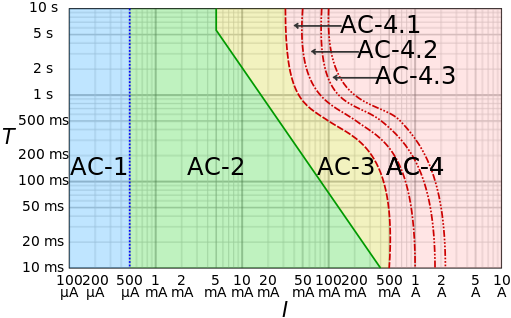Cooked by Xbox

AC-1: imperceptible
AC-2: pain, but no muscle contraction
AC-3: pain with muscle contraction
AC-4: possible irreversible effects
AC-4.1: up to 5% probability of ventricular fibrillation
AC-4.2: 5-50% probability of fibrillation
AC-4.3: over 50% probability of fibrillation
The table above shows the corresponding physiologic effects when a person is electrocuted by an alternating current according to the time duration of the shock and the magnitude of current that flows through his/her body. The resistance of a human body (when the skin is dry) when shocked by 110 Volts is known to be about 2,000 Ohms. What will happen when Bryan gets electrocuted for 0.5 seconds while plugging his Xbox into a 110-Volt outlet?
Details and Assumptions
- Ventricular fibrillation is a type of heart attack.
The table was copied from Wikipedia .
This section requires Javascript.
You are seeing this because something didn't load right. We suggest you, (a) try
refreshing the page, (b) enabling javascript if it is disabled on your browser and,
finally, (c)
loading the
non-javascript version of this page
. We're sorry about the hassle.
I = V /R = 110/2000 = .055 Amp = 55 mA
0.5 sec = 500 ms
Intersection of these values is in area A3 so muscle contraction.